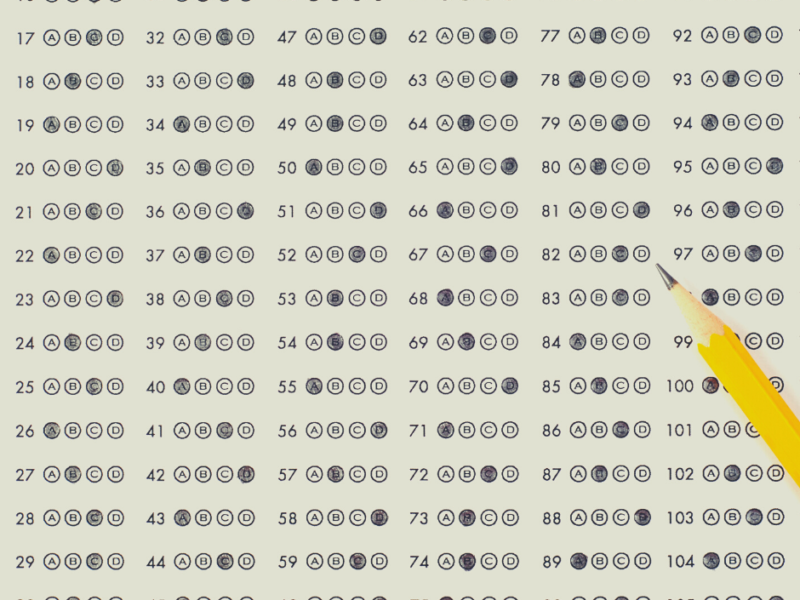There are many reasons your homeschooler may struggle with grammar and writing. Perhaps they have been diagnosed with dyslexia or dysgraphia. Others may have processing disorders or poor working memory. Sometimes a child will have several of these learning issues which can make the direct instruction of grammar a difficult concept to master.
 Whatever the reason, some students just struggle more with putting all the moving parts of English together. When you think of all the skills need to create an original composition, you can begin to understand a struggling student’s frustration. Grammar, usage, mechanics, punctuation, spelling, and organization are just a few of the skills that need to be used in conjunction while formulating written communication.
Whatever the reason, some students just struggle more with putting all the moving parts of English together. When you think of all the skills need to create an original composition, you can begin to understand a struggling student’s frustration. Grammar, usage, mechanics, punctuation, spelling, and organization are just a few of the skills that need to be used in conjunction while formulating written communication.
So instead of meeting this struggle with frustration, let’s help our struggling learners achieve success when learning grammar.
The Difficulty of Grammar in Isolation
Grammar is often taught in isolation with little connection to the broader goal of improved written communication. For a struggling student, this can often make language usage even more confusing. A struggling writer may often be able to circle all the nouns in sentences on a worksheet but may wonder why this is necessary.
Teaching grammar removed from writing may also lead a student to frustration because it’s just too much information. Struggling students are easily overwhelmed and mountains of rules and definitions can cause them to give up.
So how can we teach grammar as one part of the larger subject of language arts which will allow learners to better synthesize the needed skills?
Take Smaller Bites and Scaffold
Struggling learners better comprehend smaller bits of information, so instead of learning everything you need to know about adverbs, take one type of adverb to focus on.
By scaffolding, you build upon the information and skills they need piece by piece. Using our adverb example, we might:
- Define adverbs
- Practice finding adverbs in sentences
- Co-write sentences using adverbs and discuss punctuation
- Have your student write a few sentences independently using a provided list of adverbs and edit them together
- Student can then write sentences using adverbs independently and practice their editing skills
Using this idea of scaffolding, you can build and extend the lessons to suit your student. Take the time and activities needed to help your learner understand and use the skills being taught.
Keep it Creative and Lose the Boring
Opening the same workbook and doing the next page will do little to keep your reluctant student interested. Like scaffolding, we need to change things up a bit which also gives them the opportunity to practice different, and multiple skills, while proceeding through grammar instruction.
The internet is full of fun, creative ideas to keep your students engaged in grammar and writing. Here are a few ideas:
- Grammar games and puzzles
- Play pass around story writing and focus on a particular grammar concept
- Mad Libs!
- Create a story map prior to writing
- Create a goal, such as getting published
It can also help to include several skills in each day’s grammar lesson in order to reinforce previously learned skills. Have your student first find the grammar concept in some sentences, then play a game using the concept, and finally have them compose their own sentences using the concept. Doing so promotes the practice, and keeps grammar from becoming too repetitive.
Give Them the Why
Struggling students often want to hear the “why.” Why do I need to study grammar? Who cares what an adverb is? When will I ever need to use grammar, anyway?
I’m sure you’ve heard these questions and more from your student that struggles, and responding with “just because,” seldom satisfies their questions. So in order to stop the questioning and move forward with the learning, we need to give them a why.
Let’s be honest, these can be difficult questions, but we should tell them the truth. Speaking and writing well are important skills in our society, and learning grammar moves us closer to being competent communicators. Clear communication that is grammatically correct will serve your students well throughout life, no matter their chosen profession.
Practice Patience With Your Struggling Learner
Helping your student who just doesn’t seem to get it can be challenging. We wonder what we’re doing wrong and why we can’t help them understand. However, this is where we call upon our patience and perseverance.
However, as homeschoolers with struggling students, our focus is on progress, not perfection. Every small step we take moves us closer to our goal of helping our children become competent communicators, and this is a journey worthy of our labor.




